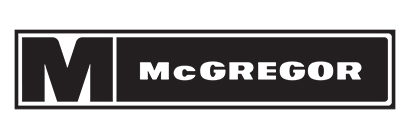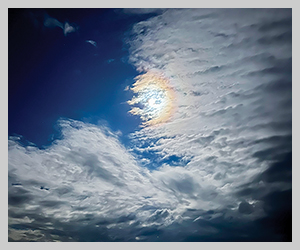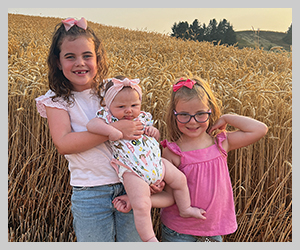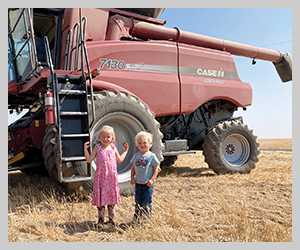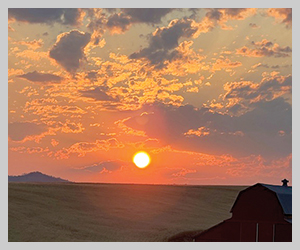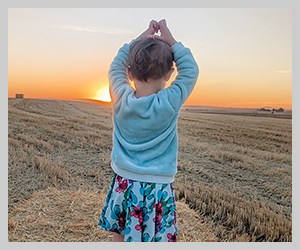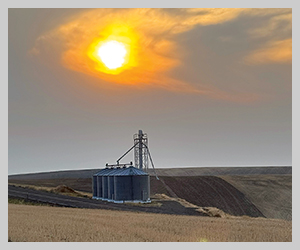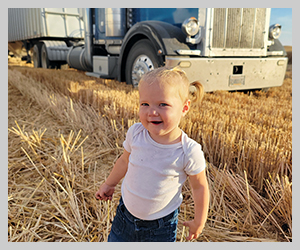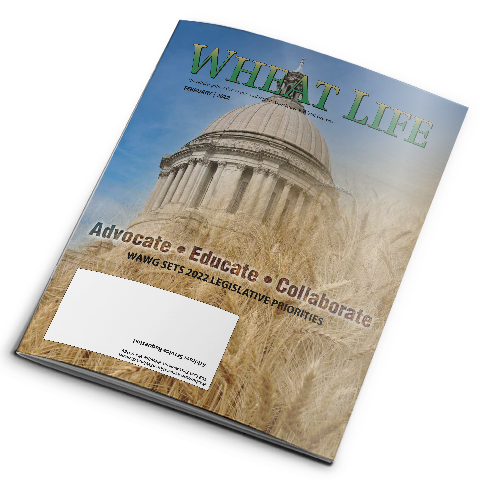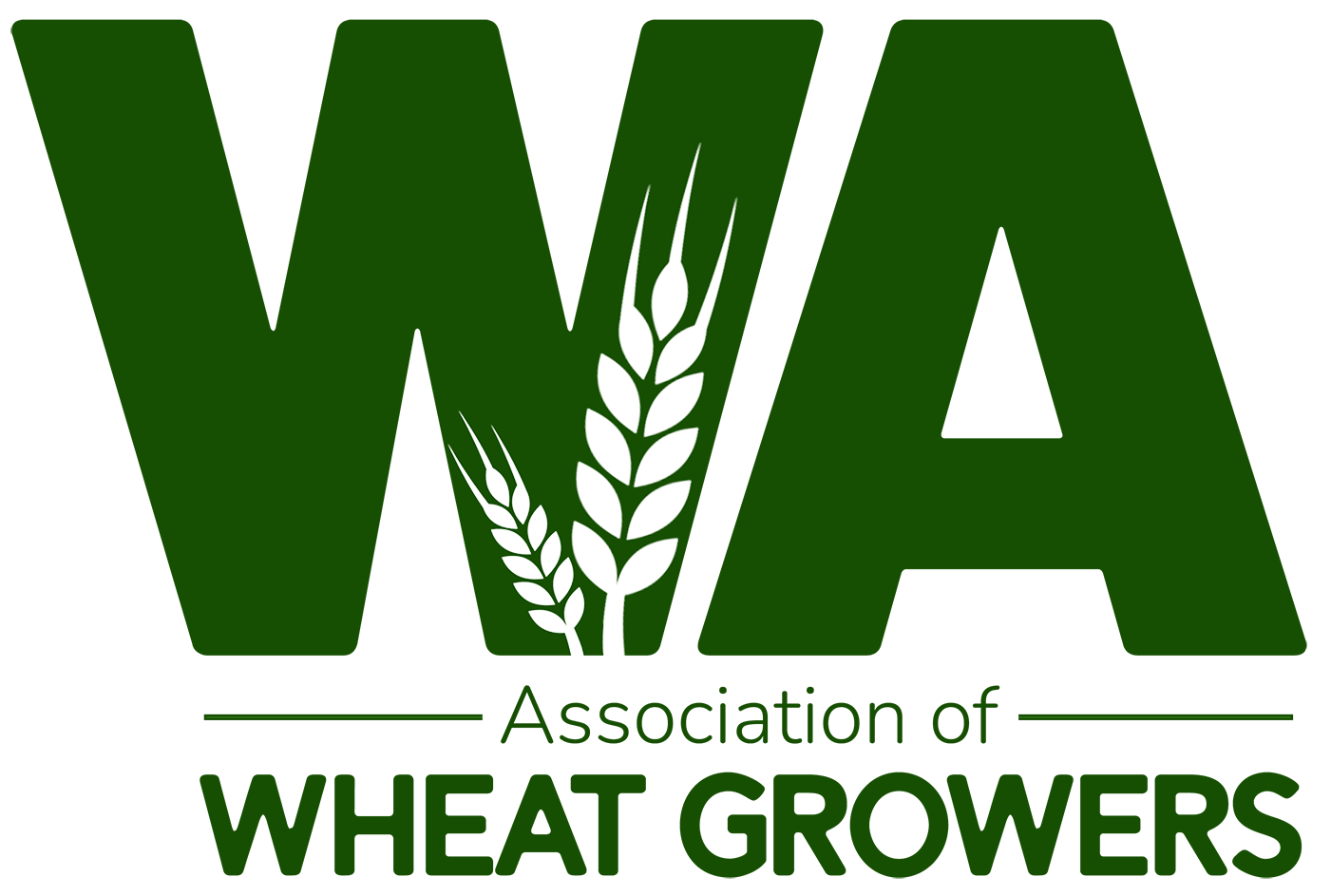Sowing success Farmers network, laugh, learn at annual tri-state convention
2024December 2024
By Trista Crossley
Editor

They say good things come in threes, and this year’s Tri-State Grain Growers Convention proved it with three days of education, honoring fellow growers, and hearing from ag leaders about the challenges and opportunities coming our way in 2025.

More than 300 growers, industry stakeholders, and exhibitors from Idaho, Oregon, and Washington gathered at the Coeur d’Alene Resort in Coeur d’Alene, Idaho, Nov. 19-21, to celebrate all things grain. Keynote speakers included social media guru Derrick Josi, motivational speaker John O’Leary, ag economist Bart Fischer, and everyone’s favorite meteorologist, Eric Snodgrass. Breakout sessions covered financial planning, U.S. Department of Agriculture energy grants, grain merchandising and marketing, lessons on lobbying effectively, and thinking critically about barley’s future. See page 30 for a brief summary of some of these breakout sessions.
Emcee Greg Schwem kept the crowd entertained with his “dad” humor. Prize drawings included a free 2025 convention registration, gift cards, and other items. The convention concluded with the dinner and silent and live auctions. Items donated by growers, county organizations, and industry supporters raised money for each of the three states’ grain foundations. The Washington Wheat Foundation uses that money for scholarships and grants supporting small grains research.

This year included a special breakout session focused on Marine Highway 84, or M-84. Stakeholders representing the length and breadth of the Columbia-Snake River System talked about the role the system plays in their industry, lobbying activities, and spreading awareness of the system beyond the Pacific Northwest. For more about the All River Matters session, see page 26.
“We really wanted to highlight the different industries that use M-84 and bring awareness to the challenges facing the river system, whether that’s removing the lower Snake River dams or not investing in the infrastructure needed to allow bigger ocean-going vessels access to the ports on the lower Columbia River,” said Michelle Hennings, executive director of the Washington Association of Wheat Growers (WAWG). “I want to thank all the leaders who participated on the panel. I believe the information that we shared was extremely valuable, and I hope growers will be able to use it to become river champions themselves.”

While networking and enjoying time with friends is a big part of the annual convention, each state takes the opportunity to get some business done. Washington wheat growers attended an all-committee meeting where they heard updates from U.S. Department of Agriculture agency leaders, as well as federal and state legislative updates from WAWG’s lobbyists and staff from the National Association of Wheat Growers. WAWG members reviewed and updated the association’s resolutions and ushered in a new member of the leadership team, Laurie Roecks from Spokane County, as the secretary/treasurer.
See more convention photos on page 24-25. NAWG updates are on page 16, and updated resolutions can be found on page 14.
“We’d like to thank our sponsors, industry supporters, and exhibitors who help make the convention successful. I’d also like to recognize all the time and hard work put forth by the staff at the three states’ grower organizations to make this annual event successful,” Hennings said.
Next year’s convention will look a little different. Washington will be returning to Coeur d’Alene by themselves, Nov. 17-19, 2025. Idaho and Oregon growers will be gathering at the Sun Valley Resort, in Sun Valley, Idaho, Nov. 18-20.














